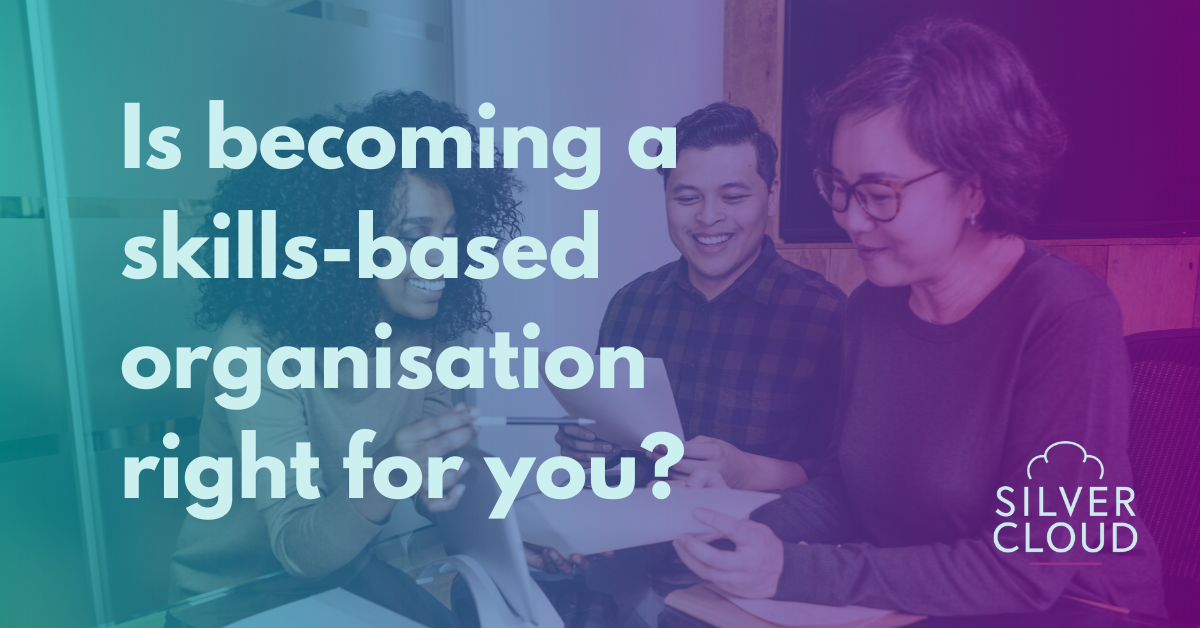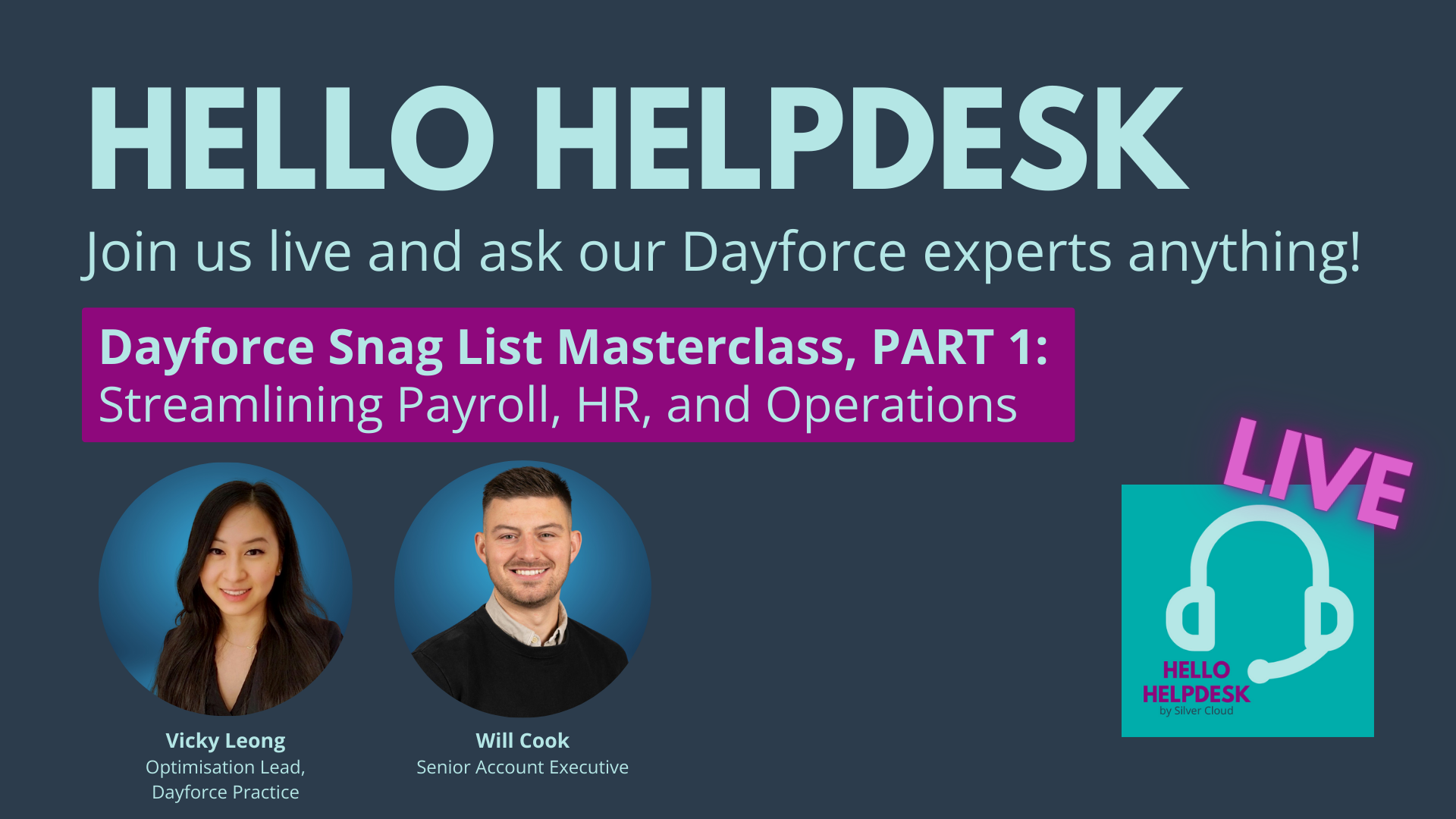Tips for creating an HR tech business case
by SJ Hood

Making the case for change (sometimes called a business case) is a critical part of shaping your people strategy to drive business objectives and create cultural changes. Particularly when it comes to investing in something like HR tech. Without making a clear case and obtaining business buy in, you’re unlikely to find the level of support and funding you need for a project like this.
But what should an HR tech business case for change do? A well thought-out business case clearly defines the compelling reasons for change at the beginning of a project and is used to engage leaders and key stakeholders to gain alignment and early buy-in.
Creating a business case should happen at the start of any change programme. You will use it to inform relevant stakeholders about the problems you are facing, the reasons for needing change and the goals you are trying to achieve by making that change, e.g. your project objectives.
A good business case will also incorporate the scope, any research that has been undertaken including cost estimations, resources required to successfully implement the change, the benefits, known risks, timescales and recommendations which in turn will allow the decision makers to make an informed decision.
Components of a comprehensive business case for change
As you put your business case together, there are key elements that need to be addressed. Without them, your case won’t be compelling, and detractors will find it all too easy to poke holes in. To make sure you’re hitting all of the important points, make sure your business case answers these questions:
- Why are we changing?
- What are we changing?
- What will get better if we make this change?
- What’s the risk if we don’t change?
- What levers can we pull to help us make this change?
- What are the barriers to change?
- What’s in it for me/us/for the business
- How will we measure the success of the change?
Goals and objectives for a people tech business case
Without clearly defined goals, you can’t have a project move forward. No matter how much you may like the technology or think it seems better, you won’t get far without understanding why things need to change, what you’d like to change them to and why you’d like to change them in this way.
Most changes in a business happen because their goal is to improve current processes, products, services or organisational cultures.
Some of the common change goals or objectives that can be helped by HR tech include:
- Delivering a more efficient & strategic HR function
- Connecting employees with a single platform, digital experience across all locations
- Driving better employee engagement
- Create one “go-to” place for all HR services, recruitment, employee life cycle, compliance, data analytics, reporting, communications
- Deliver a step-change in how we manage our people, processes, and capabilities
- Deliver data-driven, real-time people analytics, business intelligence & improved decision making
- Drive capacity for growth & agility through an efficient, scalable way of working
- To have an architecture that is delivers frictionless integration between people system, payrolls and finance system
- Improve the data security standards across the business
Aligning your business case to leadership and strategy
No man is an island. And no HR professional is either. So, getting things changed needs to be a group effort. In fact, your leadership team are, most likely, the ones who decide the fate of any project you create a business case for. Which means you need to get them on side early on. To do that, you need to do two things:
- Align your work to the larger business strategy
- Understand their goals and concerns and motivations
Leadership also has a big impact on employee engagement and adoption. Which makes keeping them involved in and excited about the project important throughout the full journey. Be ready for them to come to you with questions and concerns. It may also help to enlist someone on the leadership team as an ambassador to keep leadership engagement high.
Gathering resources for your business case
As part of your business case, you’ll need to figure out what resources you’ll need to make this change a success. That might mean who you’ll need, internally, to work on the project. Or it could be a matter of software or hardware needs. Or you might find that you need external resources to accomplish your goals too. For example, we help HR leaders discover the best HR and payroll tech for them, assist (or lead) the set up and roll out of the platforms and can even be your ongoing support to help you get the most out of your chosen application.
Get more tips for making people tech work for you by signing up to our newsletter.
Navigating the business case approval process
Getting approval for your business case may not always be straightforward. Sometimes, you may find yourself stuck in slow-moving, siloed processes and that can really delay the work you want to do. If you’re in a less-than-agile organisation, here are things you can try to streamline the process and get approval in a timely fashion:
- Build approval time into your plan – If you know approvals take a long time in your company, it can be better to acknowledge and plan for that than try to force it through.
- Give everyone the knowledge they need up front – Don’t wait for each step of the approval process to pass before involving the next person. Instead, give each stakeholder the information early so that their decision can be as brief as possible. This may have an added bonus of gaining you allies in the decision-making team.
- Address questions head on – There will be reasons not to do what your business case suggests. What are they? Why are they not as important as the reason to do what you suggest? Add that into your business case so that the major objections are already handled.
Planning an HR tech business case
If you’re creating a business case before going to market, you may find it difficult to create a fully detailed plan. This is because you won’t know the scope of the project until you know what you’re bringing into the organisation. That said, without a plan, it may be difficult for stakeholders to understand what this project will take and what success will look like.
To create a draft plan, make sure to include a timeline, milestones, success metrics and, of course, the resources you uncovered above. By presenting these in an organised format, you’ll be able to give them a glimpse into the project, even before you’ve selected a platform. Just be sure to create a realistic timeline, not an idealised one. You don’t want to come under fire later if (when) things take longer than expected.
If you can answer that list of questions and address all five of these categories, you’ll be well on the way to business case success. Make sure you take the time to tackle all of them so that you can begin the process confidently.
Still struggling to pull your business case together?
We can help. Get in touch with our experts for support in creating your business case. In the meantime, download our Ultimate Guide to an Unbeatable Business Case today.




